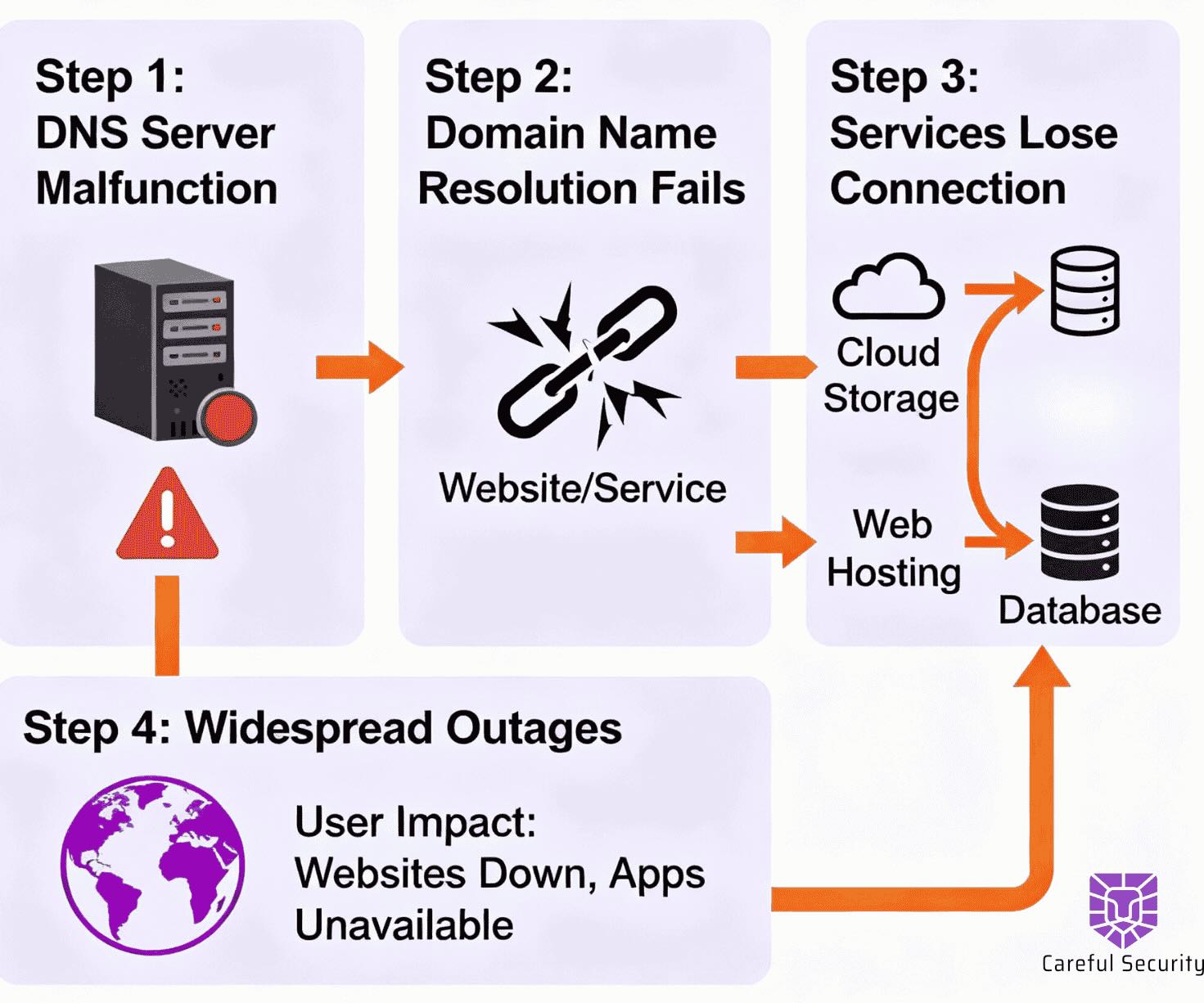Audit Ready in 90 Days

(Even If You're Starting from Scratch)
Most companies make one of two mistakes when preparing for a cybersecurity audit:
- They overcomplicate the process.
- They wait too long and end up rushing.
The reality is: you can become audit-ready in 90 days, as long as you follow a focused, tactical plan. At Careful Security, we’ve helped dozens of mid-market companies reach compliance milestones quickly—without compromising quality or burning out internal teams.
Here’s the roadmap we use to help clients go from “not ready” to “prepared for audit” in just three months.
What Does “Audit-Ready” Mean?
Being “audit-ready” isn’t the same as being perfect.
It means:
- Your required controls are implemented
- You’ve collected and organized audit evidence
- Your documentation reflects your actual practices
- Your team can walk an auditor through how your controls work in reality
- You’ve reduced the risk of audit failure or delay
The 90-Day Compliance Roadmap
We break the process into three focused phases.
Days 1–30: Assess and Plan
The first step is clarity.
We begin by performing a comprehensive gap assessment against either ISO 27001 Annex A controls or SOC 2 Trust Services Criteria. This helps you understand:
- Which controls are missing or incomplete
- Which policies don’t yet exist or aren’t enforced
- Where your current tools or processes fall short
From there, we build a customized roadmap in your preferred format (e.g., Gantt chart, Jira board, Monday.com, Excel), assigning tasks, due dates, and owners.
Tip: Start collecting evidence immediately, even if you plan to refine it later.
Days 31–60: Implement and Document
This is the heavy-lifting phase. During this period, you:
- Finalize and adopt key security policies (access control, risk management, asset inventory, etc.)
- Implement technical controls like endpoint protection, system hardening, logging, and alerting
- Deploy a risk register and assign ownership for remediation
- Document how each control works in your environment
- Begin tracking task and control completion using dashboards
This phase is where most internal teams get stuck. That’s why our full-service model includes hands-on configuration support—not just advisory checklists.
Days 61–90: Validate and Prepare
Once the core controls and evidence are in place, it’s time to prepare for the actual audit. We help clients:
- Conduct an internal audit or mock audit
- Clean up and organize audit folders
- Deliver team training and tabletop exercises
- Test incident response and backup plans
- Identify any remaining risks, exceptions, or open items
By the end of this phase, you should be able to confidently say:
“We’re ready for the auditor.”
Common Pitfalls to Avoid
Here’s where most compliance projects fail or stall:
- Relying solely on automation tools without human guidance
- Waiting until week 10 to start documentation
- Assigning responsibilities to overloaded team members
- Skipping weekly checkpoints or updates
- Failing to connect evidence to actual business risk
You don’t need to do everything perfectly. But you do need to show progress, control, ownership, and risk-based decisions.
Cybersecurity Leadership for Your Business
Get started with a free security assessment today.
.avif)
.avif)




.svg)
.svg)
.svg)